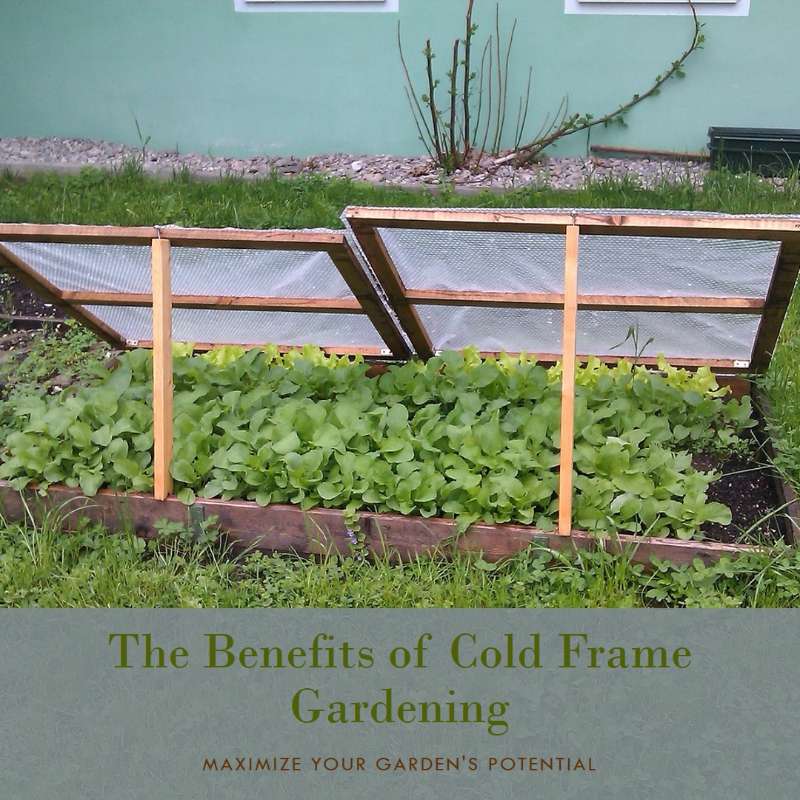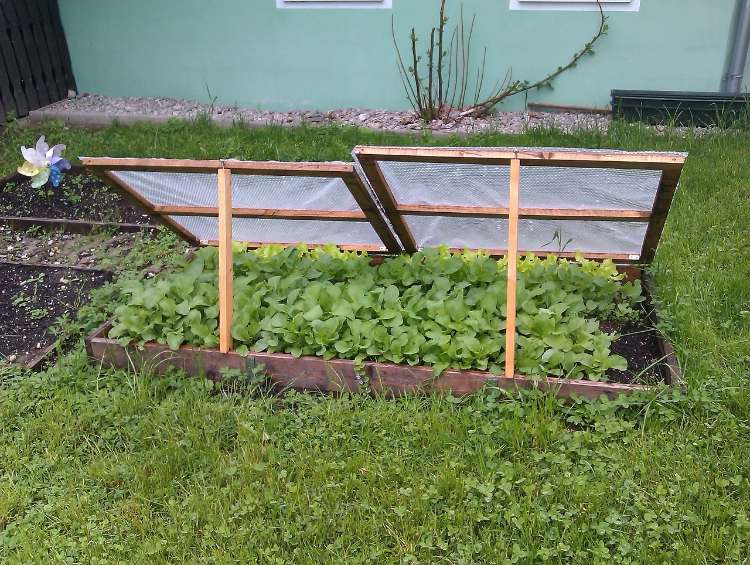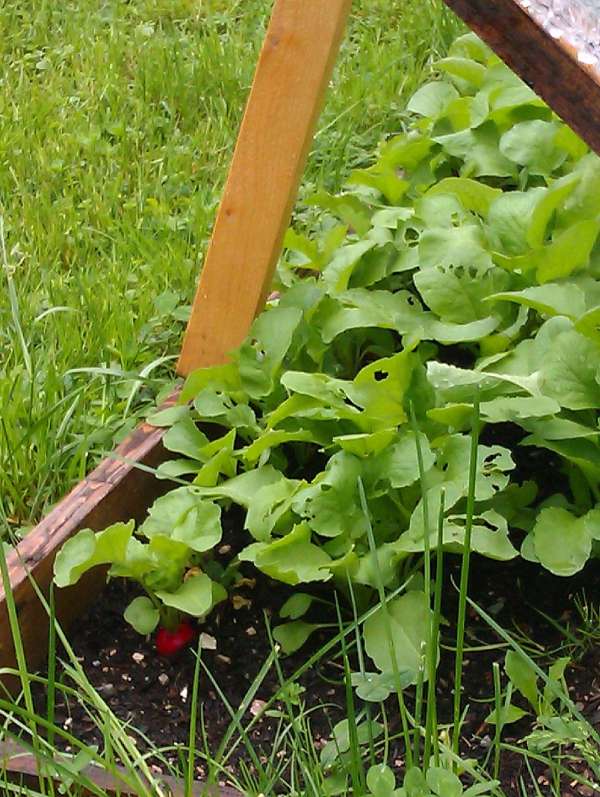The Benefits of Cold Frame Gardening

Make sure to like Living Green and Frugally on Facebook, Shop at amazon to help support my site and explore our PINTEREST BOARDS for innovative ways you can become self-sufficient.
Cold frame gardening is a time-tested technique that extends the growing season, allowing gardeners to cultivate plants in a controlled environment. This method involves using a simple, low-cost structure with a transparent cover to protect plants from the harsh elements.
In this article, we will delve into the various benefits of cold frame gardening and provide insights into the best plants that thrive in this unique setting.
Benefits of Cold Frame Gardening:
- Extended Growing Season:
- Cold frames create a microclimate that is warmer than the surrounding outdoor environment, enabling gardeners to start planting earlier in spring and extend the harvest into the fall and winter months.
- Protection from Frost:
- Frost can be detrimental to many plants, but cold frames act as a protective barrier, shielding tender crops from freezing temperatures and reducing the risk of frost damage.
- Versatility:
- Cold frames are versatile structures that can be used for various purposes, such as germinating seeds, hardening off seedlings, and growing cold-tolerant crops during the winter months.
- Cost-Effective:
- Compared to more elaborate greenhouse structures, cold frames are relatively inexpensive and easy to construct, making them an accessible option for gardeners with limited resources.
- Space Optimization:
- Cold frames are ideal for small spaces, allowing gardeners to maximize their growing area. They can be placed directly on the ground or elevated, depending on the available space and specific gardening needs.

Best Plants for Cold Frame Gardening:
- Leafy Greens:
- Cold-hardy greens like spinach, kale, lettuce, and Swiss chard thrive in cold frames. These crops can be planted early in the spring and harvested continuously throughout the season.
- Root Vegetables:
- Carrots, beets, radishes, and turnips perform well in cold frames. The consistent, slightly warmer environment protects the roots from frost and promotes steady growth.
- Herbs:
- Culinary herbs like parsley, cilantro, chives, and thyme are well-suited for cold frame gardening. The controlled conditions help these herbs flourish, providing a fresh supply even in colder months.
- Brassicas:
- Cold-tolerant brassicas such as broccoli, cabbage, and cauliflower can be successfully cultivated in cold frames. These crops benefit from the protection against freezing temperatures.
- Flowering Plants:
- Some cold-resistant flowering plants, such as pansies and violas, can add color to your cold frame garden during the cooler seasons. These plants can withstand lower temperatures and continue to bloom.

Cold frame gardening is a valuable tool for any gardener looking to extend their growing season and protect plants from harsh weather conditions. The benefits of this method, including an extended growing season, frost protection, versatility, cost-effectiveness, and space optimization, make it an attractive option for both beginners and experienced gardeners. By choosing the right plants for your cold frame, you can enjoy a bountiful harvest and a thriving garden throughout the year.